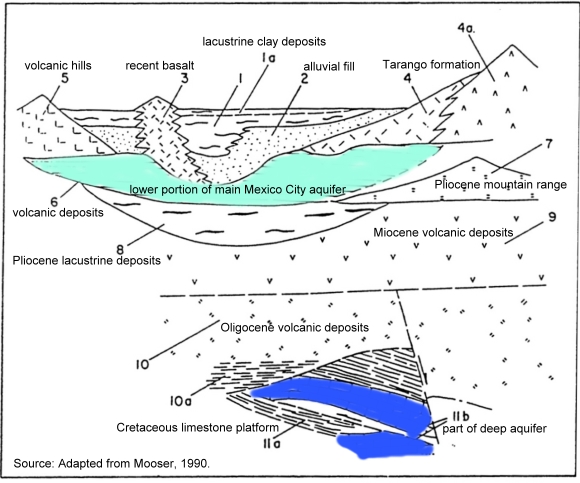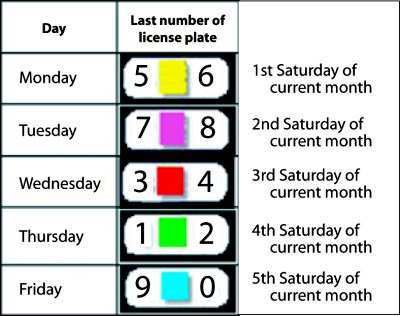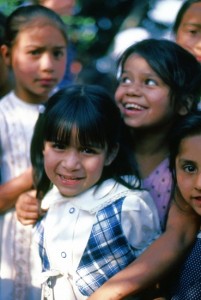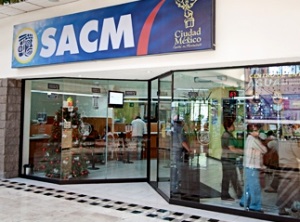Today is 12 December, the feast day of Our Lady of Guadalupe, the beloved indigenous patron saint of Mexico and much of the Americas. This seems like a good excuse, if ever one was needed, to revisit the “Gender Gap” in Mexico. The gender gap assesses the “gap” between females and males for a number of variables, but should not be taken as reflecting the quality of life of females in different countries. For example, the gender gap between women in Japan and Japanese men is very large, even though Japanese women enjoy a relatively high quality of life.
In “The Global Gender Gap Report 2013″, the World Economic Forum (WEF), based in Geneva, Switzerland, placed Mexico 68th of the 136 nations included in the study. Between them, the 136 nations house 93% of the world population. Mexico has risen 16 places in the rankings since 2012, meaning that the gender gap in Mexico is narrowing, even if there is still a long way to go to reach gender equality. (It is worth noting that Mexico has been climbing steadily up the rankings for several years, from #98 in 2009, to #91 in 201, #89 in 2011 and #84 in 2012).
Of the 136 countries studied for the 2013 report, Iceland had the smallest gender gap, for the 5th year running, followed by Finland, Norway and Sweden.
Among Latin American nations, Nicaragua had the smallest gender gap (placing 10th in the world), with Cuba, which has the highest female participation in government, coming in 15th and Brazil remaining 62nd. Other notable placings were Germany 14th, and South Africa 17th.

How Mexico (country score) compares to other countries (sample average). Source: Gender Gap Report 2013
The Gender Gap Index is a composite index comprised of a number of variables grouped into four key areas:
- health and survival
- educational attainment
- political empowerment
- economic participation
As noted in our summary of the 2012 Gender Gap Report, Mexico ranks #1 in the world, tying with several other countries, for the health and survival subindex. This means that Mexican females are unsurpassed with respect to sex ratio at birth (female/male) combined with female life expectancy (female/male).
For the other subindexes, in 2013 Mexico ranked #36 for political empowerment and #70 for educational attainment, but a lowly #111 for economic participation.
Geo-Mexico agrees wholeheartedly with Klaus Schwab, founder and executive chairman of the World Economic Forum, who called for renewed efforts to ensure gender equality, saying that, “Countries will need to start thinking of human capital very differently – including how they integrate women into leadership roles. This shift in mindset and practice is not a goal for the future, it is an imperative today.”
Related posts:
- The Gender Gap in Mexico in 2012 (Nov 2012)
- Females, males and gender inequality in Mexico
- The value in Mexico of unpaid work in the home
- Mother and child health in Mexico: how does Mexico compare to the rest of the world?
- Are Mexican females overtaking males in literacy?
- More Mexican women entering the workforce and becoming heads of households
- The 10 states in Mexico with the lowest male-female ratios
- The 10 states in Mexico with the highest male-female ratios
- Women’s empowerment NGO addresses Mexico’s gender inequality issues
- Juchitán, Oaxaca: a town of sexual tolerance




























